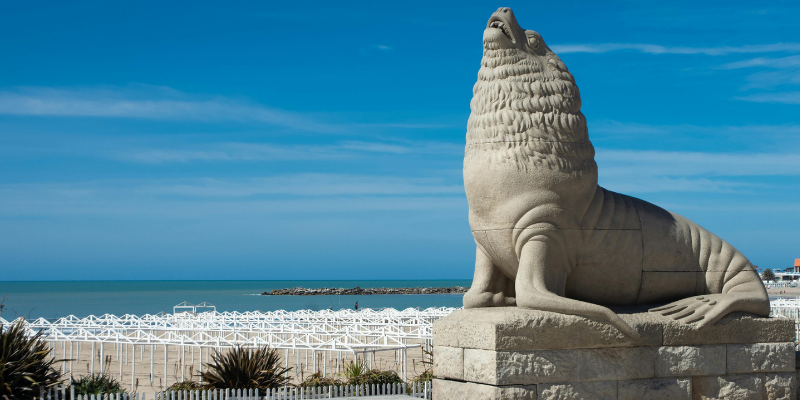Historic Corona del Mar: How Preservation Efforts Shape Todays Luxury Market

Corona del Mar is best known today for its oceanfront estates, walkable village streets, and luxury lifestyle. But beneath the polished surface lies a rich history that continues to shape the market in powerful ways. For heritage-conscious buyers and long-term investors, understanding how preservation efforts influence values is essential.
The Irvine Company and the Original Vision
Much of Corona del Mar’s early development was guided by the Irvine Company, whose thoughtful land planning set the tone for the community we know today. What started as small seaside cottages and bungalows has evolved into one of Southern California’s most desirable coastal markets. Yet, the Irvine Company’s legacy of balancing development with character is still visible, particularly in the historic “Flower Streets” area.
Historic Designation and Its Impact on Renovations
For homeowners, the charm of an older property often comes with a unique set of rules. Historic designation in Corona del Mar can:
-
Limit exterior changes: Preserving original facades, rooflines, and details.
-
Offer potential tax benefits: Mills Act contracts, for example, can provide property tax reductions for those who maintain historic homes.
-
Require special approvals: Renovations and additions may need extra review to ensure they align with preservation standards.
For buyers, this means weighing the pride and prestige of owning a piece of CdM history against the additional considerations that come with it.
Architectural Styles Worth Preserving
Corona del Mar’s architectural variety is part of its unique character. Key styles you’ll find include:
-
Beach Cottages & Bungalows: Simple, charming designs that reflect the area’s early coastal identity.
-
Mid-Century Modern Homes: Clean lines, open floor plans, and walls of glass that highlight ocean views.
-
Spanish Revival & Mediterranean: Stucco exteriors, tile roofs, and arches that reflect California’s broader architectural heritage.
Preserving these styles isn’t just about aesthetics—it’s about protecting the community’s identity, which directly supports long-term property values.
Case Studies: Modern Living Meets Historic Charm
Some of the most successful homes in Corona del Mar are those that blend modern functionality with historic preservation:
-
A renovated beach cottage on Poppy Avenue kept its original wood siding and roofline but added an open-concept interior and energy-efficient systems. The result? A charming, livable home that commanded a strong price premium.
-
A Spanish Revival home near Begonia Park preserved its arches and tile work but updated kitchens and bathrooms with modern finishes—appealing to today’s luxury buyers without losing its soul.
These examples show that preserving history doesn’t mean sacrificing comfort. In fact, it often means creating homes that stand out in a crowded market.
Future Development: Restrictions and Opportunities
Looking ahead, preservation will continue to play a role in shaping what gets built—or doesn’t—in Corona del Mar. Limited land, zoning rules, and community support for maintaining character all put natural boundaries on large-scale development. For investors and long-term buyers, that’s good news: scarcity helps protect values.
Opportunities still exist, particularly in carefully updating older homes or acquiring properties with potential for sensitive expansion. The key is understanding what’s possible within the framework of preservation requirements.
The Bottom Line
Corona del Mar’s luxury market isn’t just about ocean views and location—it’s about history, character, and the preservation efforts that protect them. For heritage-conscious buyers and long-term investors, these factors offer both challenges and opportunities that can pay off for decades to come.
If you’d like to learn more about buying or renovating in Corona del Mar—and how historic preservation impacts your options—connect with Michael Peters, Local Real Estate Expert, at 949-734-0828.
